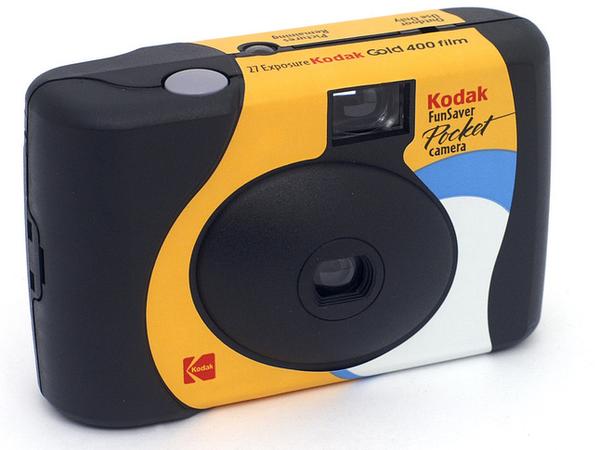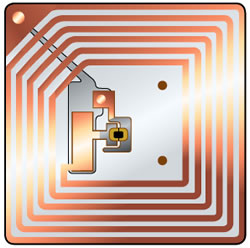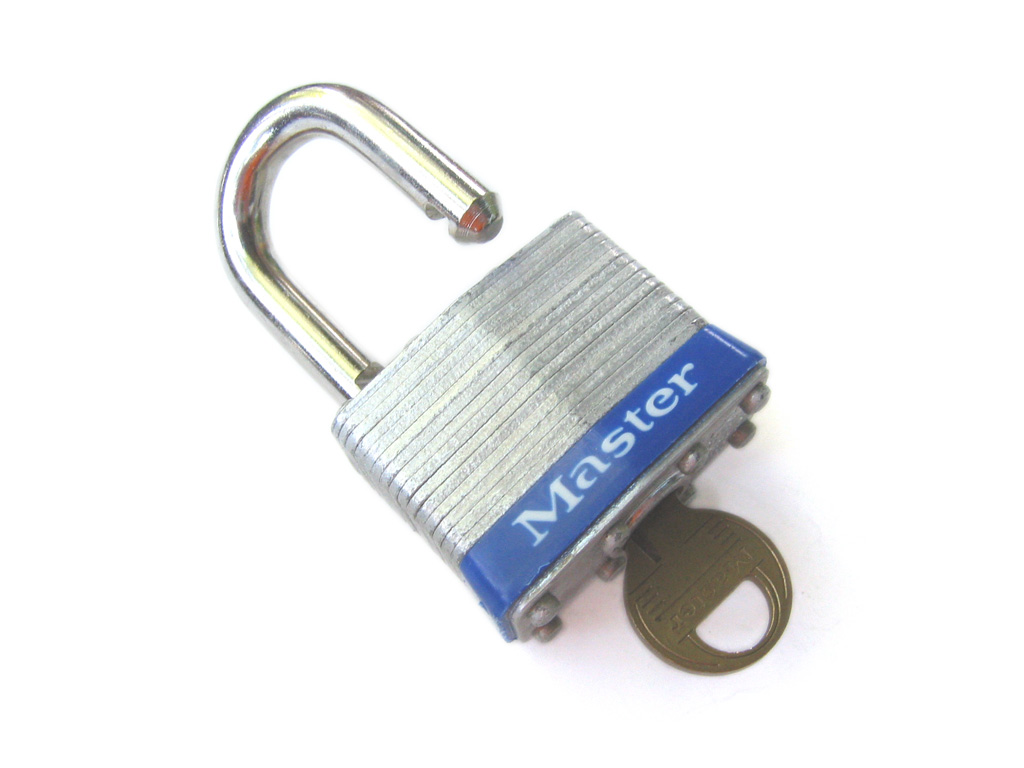Lasers. Straight out of every Sci-Fi book and movie, these interesting beams of light seem like something only a factory can make. Not so. You too can make your very own laser, using many cheap parts that may even be lying around your house.
WARNING: If used incorrectly, Lasers can potentially blind/damage your eyesight. I will be posting warnings throughout this post, please heed them. I am not responsible for any damage caused to eyesight by using lasers and ignoring warnings.You have been warned.
First of all, let's review the Laser concept.
L.A.S.E.R. stands for Light Emission by Stimulated Emission of Radiation. Lasers work, basically, like this:
1. A substance (usually a gas, although crystal lasers are made as well) is heated to the point where it begins to emit Photons. This substance is held in a tube.
2. The Photons reflect off mirrors on either side of the tube.
3. Eventually, the focused Photons will break through one of the mirrors and the actual laser beam will emit from the front of the tube.
Although Lasers are used in multiple types of light, we will be focusing on the Visible Spectrum.
Quick Review: The Visible Spectrum of Light varies for each person, but generally extends from around 380 nm (Violet) to around 700 nm (Red).
Red (600-700 nm) are some of the most common lasers. They are also some of the easiest to obtain.
Now, here we go!
First of all, we need a Laser Diode. Laser Diodes are tiny. Now, don't even think about making your own diode. Ain't gonna happen. These things are made by precision machines. Luckily, they aren't very hard to find, if you know where to look! Below is an image of a Diode:
You will need an old DVD Writer. Blu-Ray works as well (you will have a violet laser instead of red, but it does work). You can extract one from an old computer. Remember, WRITER, NOT READER. Also, the Writer must have AT LEAST 16X Writing Speed. If you use a Reader, or anything less than 16X Speed, you will end up with a weak red laser. Still cool, but you want a burning one don't you? Of course you do.
Grab your favorite screwdriver and begin the operation. Remove the plate on the back of the writer and pretty much rip out any circuit board under that until you see the sled. It has a lens on the front of it, and it looks strangely like an eye. Mine is in about 300 different pieces, so I can't post a photo, but it is in the very center of the Writer on two metal rod. Anyway, remove one of the rods and extract the Sled.
You are done with the Writer now. If you are an extreme DIYer, there are 2-3 engines you can find and remove from the corpse of the Writer.
Get the smallest screwdriver you can find. Literally, it needs to be tiny. The sled consists of lots of small (very small) screws, usually glued in. Remove every screw you possibly can, some won't come out, but get most of them. Remove any parts you can. There will be TWO diodes, and they will not look like the above picture at first. There will be three pins on each one, with solder connecting them to something resembling a circuit board. They are attached to a small metal heat-sink and the lens on glass end will be facing the series of mirrors and lenses focusing the beams to the center lens of the sled. Now, this is where it gets tough.
You need Solder wick, a Soldering Iron, and Pliers. Place the Solder wick directly on top of the three pins. Heat up the wick and remove all of the solder off both of the diodes. Remove the circuit-board-like thing from the pins. BE CAREFUL, those pins MUST stay intact. The more you can keep on the better. Once it is off (you may need to use forceps to wrestle it off, eventually it will come, just keep at it), you will need to remove the heat-sinks. There is an opaque glue connecting them to the sled. Insert your screwdriver (smaller the better) on the glue and pry it off. Try to go under the base on the glue. Once all 4 corners are off, remove the heat-sink/diode. Get both of them off.
Now, this is the hardest part. If you are doing it right, it still seems like you are going to break the diode. Do not be afraid, but do not be reckless either. Take your pliers in your hand. You may need wire cutters. Press down on the heat-sink on one of the sides. If you need a vise or other support, use it. Eventually, the heat-sink will split in half and the diode will pop off. It's tough, but don't worry, I didn't break any of mine ;)
Congratulations, you now have TWO laser diodes! There are some fine optics in the sled if you are willing to extract them. If not, dump it with the rest of the Writer. One diode is an invisible infrared diode. The other is a visible red burning diode. Be warned, the Infrared diode CAN STILL DAMAGE YOUR EYES. If you used a reader or writer < 16X Writing speed, the burning diode will be a weak red diode instead. I had a way to tell by what lenses were near which diodes on the sled, but sadly I completely forgot and the sled is no longer intact (Hey, it happens). Set these diodes aside, preferably in Anti Static pouches (You don't have too though). Time for the circuit!
Although technically it can be done, do not "direct drive". Direct driving involves hooking up a diode directly to a battery or other power source. This will usually kill your diode. Thus, you will need a circuit to regulate your power.
You will need the following parts:
LM317T
Switch (Any will work, I used a switch but a button works equally well)
Potentiometer, 100 ohm (It can vary, but keep on track as much as possible)
10 ohm resistors (You need two of these)
Board (PCB Boards work excellent for this)
WIRE (Duh)
47uf35v Capacitor
1N4001 Rectifier Diode
5/6 Volt Power Source
This will cost around ~$20 on DigiKey, Mouser, or other part supplier.
You will also of course need more solder and your trusty soldering iron.
Now, let's first look at the laser diode itself.
Align the pins as shown and identify each one. Refer to the above chart if you need too.
Circuit Time!
One of the many guides I used in constructing my laser was this:
http://showsyouhow.blogspot.com/2007/12/diy-dvd-burner-laser-pointer-proper-way_18.html
The author of that page has an excellent graphic showing how to make your circuit, and I recommend you follow the instructions there. If for some reason that link doesn't work... Well here you go, text instructions!
Place the LM317T face up on the table. The far left pin needs to connect to the POSITIVE laser diode pin, but do not do the diode connection until last. Along the way it needs to connect to the 2 Resistors, the Capacitor, and the Rectifier Diode.
Lay your potentiometer face up with the pins facing you. The middle pin of the LM317T needs to connect to the far right AND middle pins of the potentiometer. Then, connect a wire from the left potentiometer pin too the other end of the two resistors.
Connect the last (right) to the POSITIVE end of the batteries. Lastly, run a wire from the negative power end to the negative diode pin, connecting to the capacitor and rectifier diode along the way.
Connect a Switch either on the main positive or negative rail.
If that way a little confusing, please use the graphic in the above link.
Is your circuit finished? Great! Now we need the 6 Volt power source.
I used a 4 D Battery tray, but you can even use an old Computer power supply if you want (although that may require extra modification). Pick up a Project Box (You know, the plastic black boxes with screws in the corners.) Make sure it is big enough to fit your entire Circuit.
Connect the wires leading from the D Batteries to their respective positions. DO NOT PUT BATTERIES IN YET. This is just an added safety precaution, and I never have the batteries in my laser when it's not in use, even when off.
Take the project box and drill two holes in the top: One for the potentiometer and one for the switch. Make sure they fit snugly. Insert the parts into the holes you drilled and screw them in with the parts it came with. You probably need a wrench for this. Make sure they are in tightly.
Now, put the lid on and tighten the screws, right? WRONG. Do not close it until you have verified it works (NOT YET, DO NOT turn it on.)
Ah, the hardest part. It is at this point where you are most likely to ruin your diodes. So, BE CAREFUL.
Take your soldering iron and solder the positive wire to the positive pin and the negative wire to the negative pin. Again, be careful: Too much heat will snap the pins (I learned this the hard way). Also, do not short out the circuit against the base of the diode. Apply it as fast as possible without rushing so as to not weaken the pins.
Phew, finished? Great.
If you chose correctly and picked the red diode, you are done with the solder. If you chose the infrared, you will to remove it and place the red diode instead. And there is only one way to tell. Test it!
Okay. Do you have Laser protection glasses? They need to be the kind that can resist the type of light the red diode is emitting (600-700 nm).
SAFETY WARNING!
1. If you do not use glasses, you are an idiot and should not be building a laser. These things can BLIND you. How would you feel never seeing again, EVER? Wear protection glasses.
2. NEVER stare directly into the laser diode. This could blind you even with the glasses on. Don't be stupid. This is probably common sense but I feel obliged to warn you.
That being said, I take no responsibility for any damage caused to yourself or other persons for not following instructions. Please go up and memorize the two safety steps. So you don't forget. When you are done, read on.
Read the safety rules again.
Alright. I hope you read the safety rules. Now, you will need a Laser Module. A company called AixiZ makes these, or you can just buy on EBay, whichever is cheaper. If you don't know, a module is a small shiny tube that holds the diode. It also contains a lens to focus the laser. They generally cost around $5.
Once your module arrives, do not do anything with it. We have testing to do.
Take your circuit connected to the diode along with 4 D Batteries (Not in the tray). Go into a small, dark room (lock on the door is best so someone doesn't accidentally walk in and damage their eyes) and set up a piece of white paper against the wall. Make sure the switch is off. Put your goggles on, and point the diode at the paper. And... Drumroll... Flip the switch.
If you see a red glow on the paper, you are set! Of course it will not burn anything yet, it isn't focused. If you see nothing, move the paper closer. If you see a faint white dot, turn it off! You did not choose wisely and rigged the Infrared. If this happens to you, remove the infrared diode and solder the other one into place.
If you see nothing, nothing at all, it could be one of two things. It could just be the infrared, or it could be that your circuit is wired wrong. Double check everything. If you need too, use a Voltmeter to detect if your circuit is indeed running.
Is your red diode glowing brightly? Excellent. Mess with the potentiometer if you want too. Now, turn off the circuit and remove one or more batteries, just in case.
You will need to obtain a vise and your module. Flip the back end of the diode and place the small hole over the diode so that the pins are sticking out. Place the other module section with the small hole over the pins. Push it together with the vise (keep it straight!) until the diode is snug inside the lens section of the module (the small end). Chop the wires connecting your diode to the rest of your circuit in half and slip the wires through the small hole in the back of the module. Screw the module back together so that the wires are leading out of the hole. Now, solder the wires back to the circuit and wrap electrical tape around the soldered part. Make sure everything is ready. IT'S TIME!!!
Replace your goggles and make sure that nobody will walk in and accidentally look at the laser.
Put the D Batteries back in, and flip the switch. If all went well you should have a laser! Now, turn the lens to focus the laser. Move the paper close and far to find the point where the point the laser makes is smallest. Place a match I that spot and it will burn.
Remember, this is a dangerous device. Do not use it unless everyone present has protection glasses tuned to that wavelength. And NEVER shine it into the eyes of people OR animals.
My Laser:
Enjoy your homemade laser!
Questions? Use the comment section and I'll do my best to answer.








































